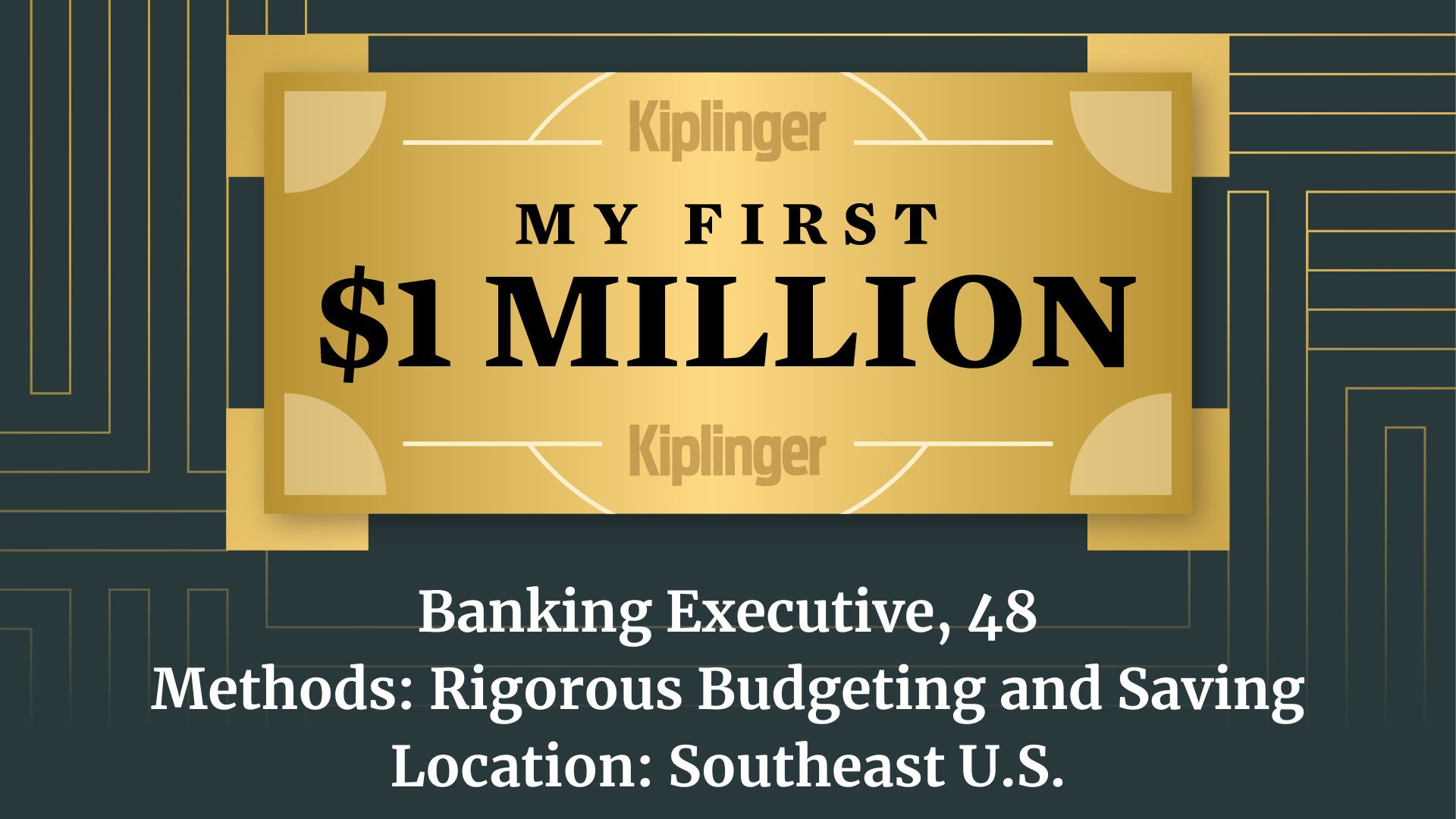The Kiplinger 25: How We Did in a Very Contrary Year
Also, we move to rebalance our stock portfolio with a midcap offering.

In most gardens, some plants are in full bloom, while others wither. Same with investing: Stocks may zig, for example, as bonds zag. Last year, U.S. stocks zigged up … then down, then up again. Over the 12-month stretch ending March 15, Standard & Poor’s 500-stock index returned 4.8%.
But foreign markets couldn’t hold up under the weight of a stronger dollar, trade tensions and slowing global growth. The MSCI EAFE index, which tracks foreign stocks in developed countries, fell 5.0% over the past year. Rising interest rates pressured the bond market for much of 2018, but a late-year rally into early 2019 lifted Bloomberg Barclays U.S. Aggregate Bond index to a 3.7% one-year return.
How the Kip 25 performed
Six of our 12 U.S. diversified stock funds beat the S&P 500. Mairs & Power Growth (MPGFX), which had been in a funk, returned 8.9%. Two T. Rowe Price funds with different strategies finished well, too. Dividend Growth (PRDGX) gained 8.8%, and Blue Chip Growth (TRBCX) rose 5.0%. Our three small-company funds shone, too: T. Rowe Price QM U.S. Small-Cap Growth (PRDSX), T. Rowe Price Small-Cap Value (PRSVX) and Wasatch Small Cap Value (WMCVX) beat the Russell 2000 small-company index.
From just $107.88 $24.99 for Kiplinger Personal Finance
Become a smarter, better informed investor. Subscribe from just $107.88 $24.99, plus get up to 4 Special Issues

Sign up for Kiplinger’s Free Newsletters
Profit and prosper with the best of expert advice on investing, taxes, retirement, personal finance and more - straight to your e-mail.
Profit and prosper with the best of expert advice - straight to your e-mail.
We’re being patient with some of our foreign funds. AMG TimesSquare International Small Cap (TCMPX), Baron Emerging Markets (BEXFX) and Oakmark International (OAKIX) each trailed their benchmarks. Fidelity International Growth (FIGFX), however, beat the MSCI EAFE, albeit with a 3.2% loss.
Most of our U.S. bond funds—from high-yield to funds focused on intermediate-term maturities—kept pace with or beat the Agg index. But emerging-markets bonds had a rough year. Fidelity New Markets Income (FNMIX) lagged its benchmark, the JPMorgan Emerging Markets Bond Index.
We swap out one fund
Every garden needs reshaping every now and then. The Kiplinger 25, for instance, has grown heavy in large-company funds. In recent years, eight of the group’s 12 diversified stock funds focused on big firms. Only four were small- or midsize-company funds. That’s one of the reasons we are replacing Fidelity New Millennium (FMILX) with DF Dent Midcap Growth (DFDMX).
New Millennium struggled, too. Manager John Roth invests in fast-growing firms, but he’s sensitive to their share price. As the multiyear rally in growth stocks has worn on, Roth has grown more contrarian—for example, picking up shares in beleaguered General Electric at various times in 2018. When the fund joined the Kip 25 in May 2014, Morningstar considered New Millennium a large-growth fund. Today, it’s a large-blend fund, reflecting its mix of growth and value holdings. But New Millennium has lagged peers in both the growth and blend categories, and it lagged Standard & Poor’s 500-stock index in four of the past five calendar years.
“We look for frugal firms. A company’s money is the shareholders’ capital, not their own.” — DF Dent Comanager Bruce Kennedy.
At DF Dent Midcap Growth, four managers work as a team with seven analysts to find 30 to 40 firms that have solid, growing businesses that generate large amounts of cash, dominate a niche in their industry and have talented executives who invest wisely, with their shareholders in mind. If the share price isn’t attractive relative to a stock’s expected return, they’ll wait for the right price to buy it.
The team does detailed analysis, visiting companies on their turf and talking to customers and suppliers. When company representatives visit DF Dent’s offices, they’re asked how they got there (commercial airline or private jet). “We look for frugal firms. A company’s money is the shareholders’ capital, not their own,” says comanager Bruce Kennedy.
When the portfolio managers buy a stock, they tend to hold it. The fund’s typical holding period is three years, nearly double the holding period of the typical midsize-company fund. They’ll hold on even as some firms grow into large-cap names, such as gene-sequencing giant Illumina, as long as those companies are still fast-growing.
Over the past one, three and five years, DF Dent Midcap Growth has outpaced its benchmark, the Russell Mid Cap index, as well as its peers (funds that invest in midsize, growing companies). The firm’s five-year annualized return stands among the top 23% of its category.
Profit and prosper with the best of Kiplinger's advice on investing, taxes, retirement, personal finance and much more. Delivered daily. Enter your email in the box and click Sign Me Up.

Nellie joined Kiplinger in August 2011 after a seven-year stint in Hong Kong. There, she worked for the Wall Street Journal Asia, where as lifestyle editor, she launched and edited Scene Asia, an online guide to food, wine, entertainment and the arts in Asia. Prior to that, she was an editor at Weekend Journal, the Friday lifestyle section of the Wall Street Journal Asia. Kiplinger isn't Nellie's first foray into personal finance: She has also worked at SmartMoney (rising from fact-checker to senior writer), and she was a senior editor at Money.
-
 How to Safely Open an Online Savings Account
How to Safely Open an Online Savings AccountOnline banks offer generous APYs that most brick-and-mortar banks can't match. If you want to make the switch to online but have been hesitant, I'll show you how to do it safely.
-
 7 Ways to Age Gracefully Like the Best Stock Photo Seniors
7 Ways to Age Gracefully Like the Best Stock Photo SeniorsAs a retirement editor, I've gleaned valuable wisdom (and a lot of laughs) from one older couple that tops the seniors' stock photo charts.
-
 My First $1 Million: Banking Executive, 48, Southeast U.S.
My First $1 Million: Banking Executive, 48, Southeast U.S.Ever wonder how someone who's made a million dollars or more did it? Kiplinger's My First $1 Million series uncovers the answers.
-
 How Inflation, Deflation and Other 'Flations' Impact Your Stock Portfolio
How Inflation, Deflation and Other 'Flations' Impact Your Stock PortfolioThere are five different types of "flations" that not only impact the economy, but also your investment returns. Here's how to adjust your portfolio for each one.
-
 Why I Still Won't Buy Gold: Glassman
Why I Still Won't Buy Gold: GlassmanOne reason I won't buy gold is because while stocks rise briskly over time – not every month or year, but certainly every decade – gold does not.
-
 Should You Use a 25x4 Portfolio Allocation?
Should You Use a 25x4 Portfolio Allocation?The 25x4 portfolio is supposed to be the new 60/40. Should you bite?
-
 Retirement Income Funds to Keep Cash Flowing In Your Golden Years
Retirement Income Funds to Keep Cash Flowing In Your Golden YearsRetirement income funds are designed to generate a reliable cash payout for retirees. Here are a few we like.
-
 10 2024 Stock Picks From An Investing Expert
10 2024 Stock Picks From An Investing ExpertThese 2024 stock picks have the potential to beat the market over the next 12 months.
-
 Special Dividends Are On The Rise — Here's What to Know About Them
Special Dividends Are On The Rise — Here's What to Know About ThemMore companies are paying out special dividends this year. Here's what that means.
-
 How to Invest in AI
How to Invest in AIInvestors wanting to know how to invest in AI should consider these companies that stand to benefit from the boom.
-
 Why I Still Like Emerging Markets
Why I Still Like Emerging MarketsPeriods of global instability create intriguing possibilities in emerging markets. Here are a few.